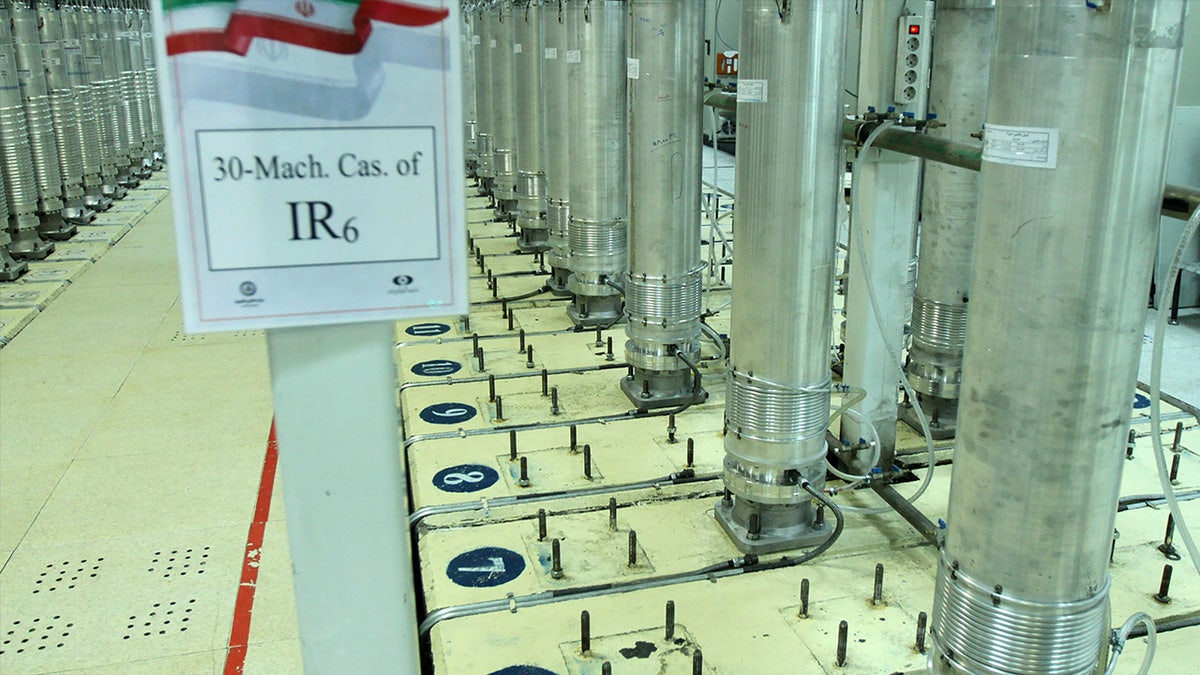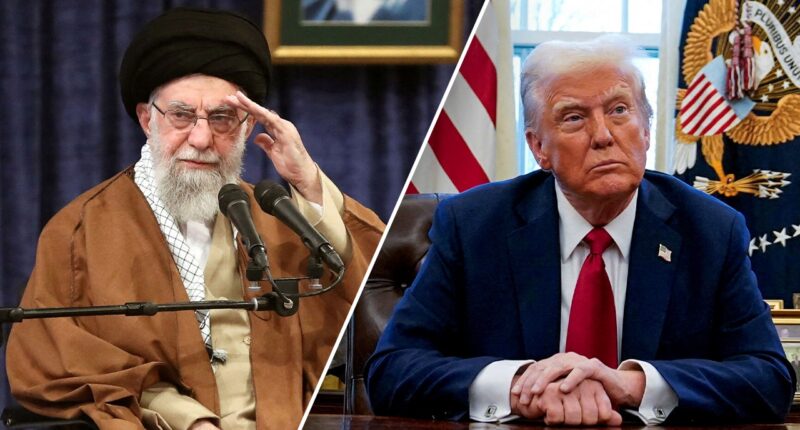Gen. Jack Keane, a senior strategic analyst at Fox News, discusses the escalating Iranian threat ahead of upcoming discussions involving the Trump administration. A recent report has raised concerns about Iran’s advancements in nuclear weapons development, describing the situation as extremely dangerous.
Currently, representatives from the United States and Iran are engaging in talks in Oman with the aim of restarting negotiations regarding Iran’s nuclear program. The discussions are considered crucial and sensitive, given the history of tensions between the two countries.
The talks involve a mediator for Iran’s Foreign Minister Abbas Araghchi and U.S. Mideast envoy Steve Witkoff. This diplomatic effort comes after President Donald Trump’s decision to withdraw the U.S. from the nuclear deal with Iran and other world powers in 2018. Despite sporadic attempts at indirect negotiations since then, there has been no tangible progress in resolving the differences between the two nations.
Trump has imposed new sanctions on the Islamic Republic as part of his “maximum pressure” campaign and has suggested military action remained a possibility. Despite this, the president has said he still believed a new deal could be reached by writing a letter to Iran’s 85-year-old Supreme Leader Ayatollah Ali Khamenei, which he sent early last month.
Khamenei, meanwhile, has warned that Iran would respond to any U.S.-led attack with an attack of its own.
In the decades since, Iran-U.S. relations have see-sawed between enmity and grudging diplomacy, with relations peaking when Tehran made the 2015 nuclear deal with world powers before Trump withdrew from the deal, sparking more tensions in the Mideast that persist today.

FILE – This photo released on Nov. 5, 2019, by the Atomic Energy Organization of Iran shows centrifuge machines in the Natanz uranium enrichment facility in central Iran. (Atomic Energy Organization of Iran via AP, File)
Under the original 2015 nuclear deal, Iran was allowed to enrich uranium up to 3.67% purity and to maintain a uranium stockpile of 661 pounds. The last report by the International Atomic Energy Agency on Iran’s program put its stockpile at 18,286 pounds as it enriches a fraction of it to 60% purity.
U.S. intelligence agencies assess that Iran has yet to begin a weapons program, but has “undertaken activities that better position it to produce a nuclear device, if it chooses to do so.”
Iran has insisted for decades that its nuclear program is peaceful. However, its officials increasingly threaten to pursue a nuclear weapon. Iran now enriches uranium to near weapons-grade levels of 60%, the only country in the world without a nuclear weapons program to do so.
The Associated Press contributed to this report.

















